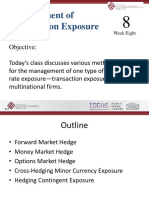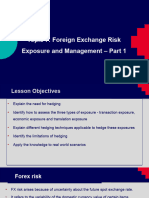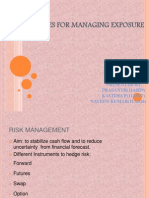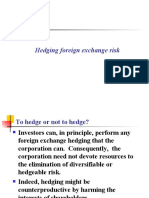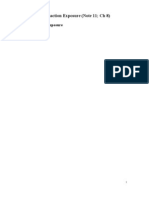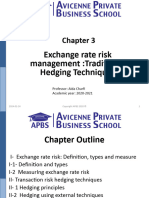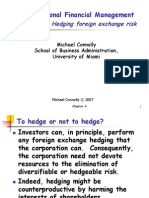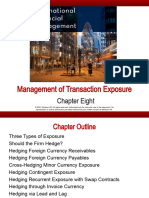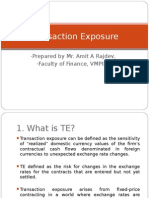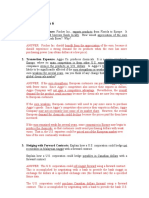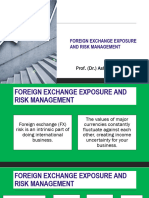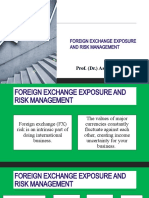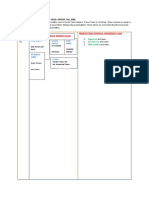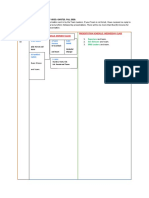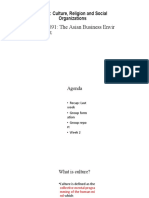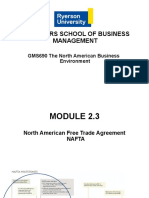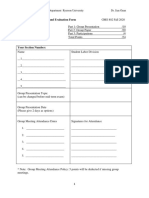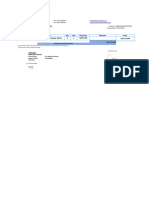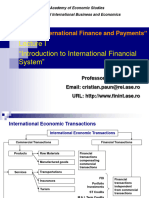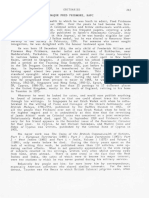0% found this document useful (0 votes)
23 views14 pagesLecture05 Transaction Student
The document discusses transaction exposure and methods for managing foreign exchange risk arising from transactions, including contractual hedges using forwards, money markets, and options. It provides examples of hedging strategies for a receivable and payable and compares the strategies side by side.
Uploaded by
Mit DaveCopyright
© © All Rights Reserved
We take content rights seriously. If you suspect this is your content, claim it here.
Available Formats
Download as PPTX, PDF, TXT or read online on Scribd
0% found this document useful (0 votes)
23 views14 pagesLecture05 Transaction Student
The document discusses transaction exposure and methods for managing foreign exchange risk arising from transactions, including contractual hedges using forwards, money markets, and options. It provides examples of hedging strategies for a receivable and payable and compares the strategies side by side.
Uploaded by
Mit DaveCopyright
© © All Rights Reserved
We take content rights seriously. If you suspect this is your content, claim it here.
Available Formats
Download as PPTX, PDF, TXT or read online on Scribd
/ 14
